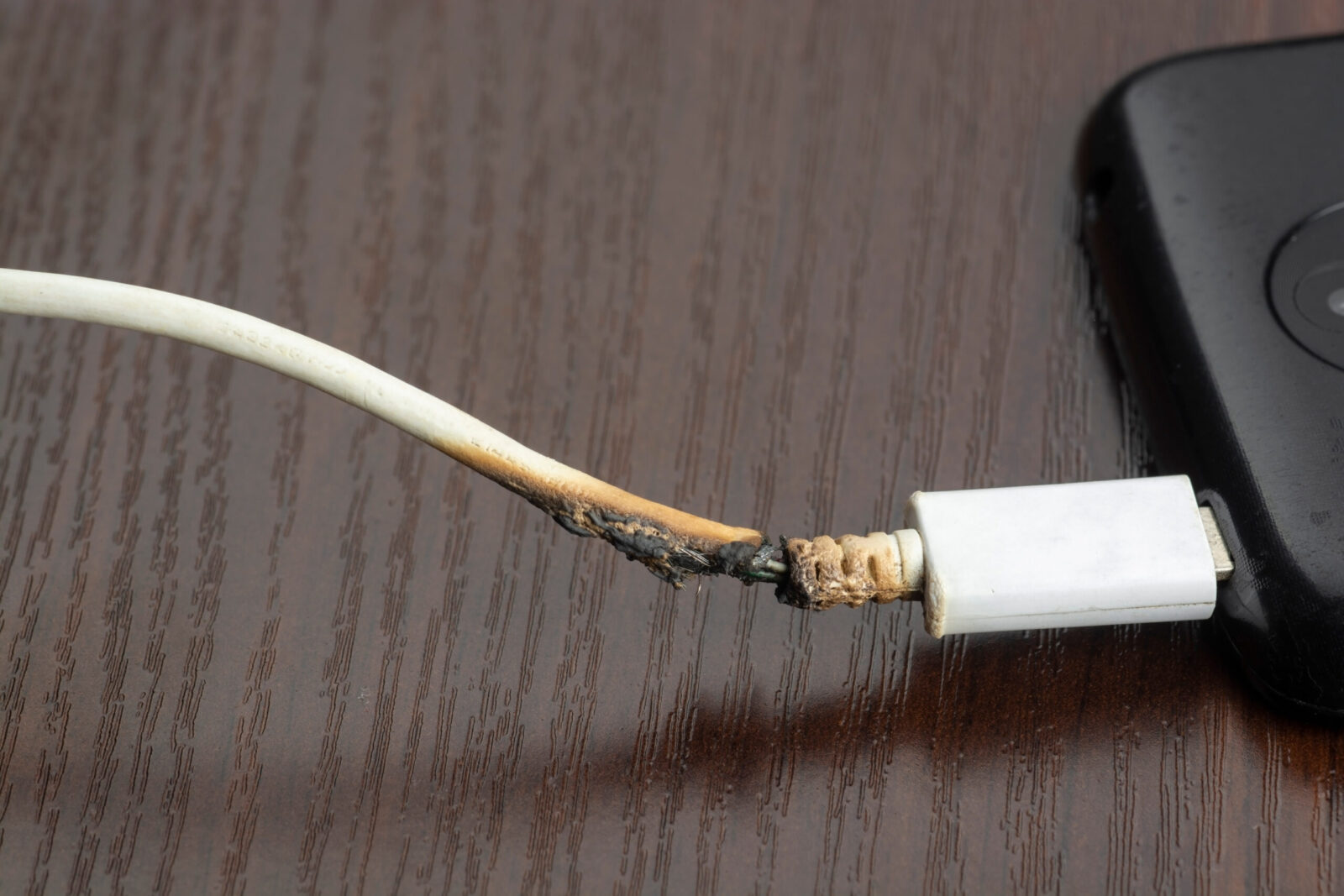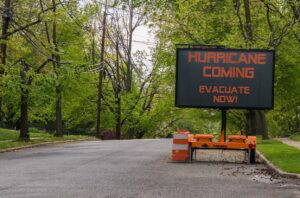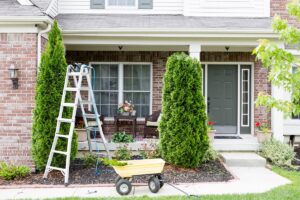Home fires happen, and a startling number of them can be prevented. We know what you’re thinking – “It won’t happen to me” – but it happens to approximately 350,800 home fires every year. By following a few home fire safety tips, you can lower your home fire risk and help to protect your loved ones.
We recently welcomed Andrea Vastis, Senior Director of Public Education for the National Fire Protection Association, to the vipHome Podcast. Andrea shared with us some fast home fire facts you may not know and safety tips to prevent one from happening to you.
1. While home fires have decreased over the years, there have been more deadly home fires.
The NFPA found that the number of home fires and home fire deaths are half of what they were in 1980, but the death rate per 1,000 reported home fires has been slightly higher in recent years than it was in 1980.
“Fire isn’t always top of mind for people anymore,” notes Andrea. “We’ve done such a good job over the years through building codes, policies, education, to reduce the numbers of home fires that people aren’t thinking, ‘That’s the thing that’s going to get me tomorrow.’”
However, between 2013 and 2017, 79 percent of fire deaths and 73 percent of all reported fire injuries resulted from home structure fires.
2. A quarter of deadly fires happen when people are sleeping.
“This means cooking was left unattended, something was thrown into the trash that was still on fire, a candle was left burning, or something electrical,” says Andrea.
It’s imperative for you to be mindful and attentive to open flames or any heat source that can create a fire. This means you should stay in the kitchen if you’re cooking and turn off any space heaters when you’re leaving a room.
3. Cooking is still the leading cause of home fires and home fire injuries.

In a four-year period from 2014-18, fire departments responded to over 170,000 cooking fires. That’s around 470 home cooking fires a day that were reported, with the peak days being Thanksgiving and Christmas Day.
“Unattended cooking accounts for nearly a third of these home cooking fires,” says Andrea. “We like to say, ‘Stand by your pan. Keep an eye on what you fry.’ Whatever you have to do.”
4. People are twice as likely to die in a fire where there isn’t a working smoke alarm.
“If you aren’t alerted to the smoke alarm, then you don’t know that there’s a fire,” says Andrea, “and you can’t get out in time.”
Forty-one percent of home deaths resulted from fires in homes with no smoke alarms, and 16 percent had no smoke alarms that were working. In homes that had smoke alarms that did not operate, almost half had missing or disconnected batteries, and another quarter had dead batteries.
So check your alarms monthly to make sure they still work!
5. You need a smoke alarm in your basement and attic but not your bathroom and kitchen.
Notes Andrea, “The heat from the kitchen and from the bathroom will set them off, and then you’re going to take the battery out. You’re now going to be left unprotected.”
There should be one smoke alarm in each bedroom, one outside each sleeping area, one in each hallway, and one on every level of your home. So make sure to install smoke alarms in the basement and attic.

“There are so many smoke alarms on the market,” says Andrea.” The key is that the battery is in it and it’s working.”
However, the best protection is installing interconnected smoke alarms, wired by a licensed electrician.
“If a fire breaks out on the other side of the house, you will be alerted quickly on your side of the house.”
6. Smoke alarms have expiration dates.
“If it’s older than 10 years, it’s time to change the unit,” says Andrea.
Smoke alarms can fail before that, so Andrea suggests “Smoke Alarm Saturday,” where you test your smoke alarms the first Saturday of the month to make sure your alarms work and your batteries have power.
7. You may have as little as two minutes to get out of your home during a fire.
Most furniture today is made of synthetic materials, which burn faster and hotter.
“While you might have had 10 minutes to escape your home, you might have as little as two minutes to escape your home now,” says Andrea. “Once that smolder happens on a curtain or a couch, it can reach a flashpoint within two minutes.”
(Home fire safety tips bonus: Flashpoint is the lowest temperature at which vapors above flammable material ignite in air when exposed to a flame and would lead to dangerous and deadly situations during a home fire.)
8. A crucial part of a fire escape plan is the meeting place.
One of the most important home fire safety tips is to learn how to get out of your home safely during an emergency.
“We have had too many people lose their lives because they all went out the house different ways,” says Andrea
Every home needs a fire escape plan, and it’s critical to pick a meeting place – a tree in the next-door neighbor’s yard or the mailbox away from the house. And cellphones are not enough.
“We can’t always rely on the cellphone. Have a place to meet. Have a plan. Then twice a year, have people practice running the drill, dropping everything and just getting out.”
In the case of a real fire, you’ll need to get out, stay out, and then call 9-1-1.
9. Charging your cellphone on your bed is dangerous.

“Don’t charge your computer or phone on a bed or on other surfaces that can catch fire,” says Andrea. “These batteries can get really hot, and they can actually ignite.”
The London Fire Brigade are called to more than 24 fire calls per week started by chargers, batteries, and cables.
Lithium-ion batteries, which cell phones use, have made the news recently due to their fire risk. Learn additional tips to lower your risk of a lithium-ion battery fire from Brian O’Connor of NFPA!
10. Failure to clean your dryer can cause a fire.
“The dryer is one of those appliances that has a higher risk of catching fire because of leftover lint in the trap and in the exhaust,” says Andrea. “That can easily catch fire when heated.”
Andrea suggests cleaning the lint from a dryer every spring, including cleaning the vent from outside your house. Also, leaving the dryer on when you’re not home is an “absolute.”
11. Maintaining your furnace is more important than you think.
“This is a critical one because some of the carbon monoxide poisonings have come from furnaces that were working improperly,” says Andrea.
Carbon monoxide is called the “Silent Killer.” It’s odorless, colorless, and causes drowsiness.
“You don’t know it’s happening to you,” explains Andrea, “and that’s why people die from carbon monoxide poisoning.”
Getting your furnace checked every year can help to keep it working properly.
“You get the car tuned up and its oil changed, right? You go for your own doctor visits and immunizations. Consider doing the same for the house. These are your preventive screenings for your house.”
Stay on top of home maintenance
Homeownership can be hard, but it doesn’t have to be. The vipHome.app can help. In less than four minutes, enjoy a new way to manage your home. Simply download the app, register your home, and enjoy a simplified homeownership experience.






